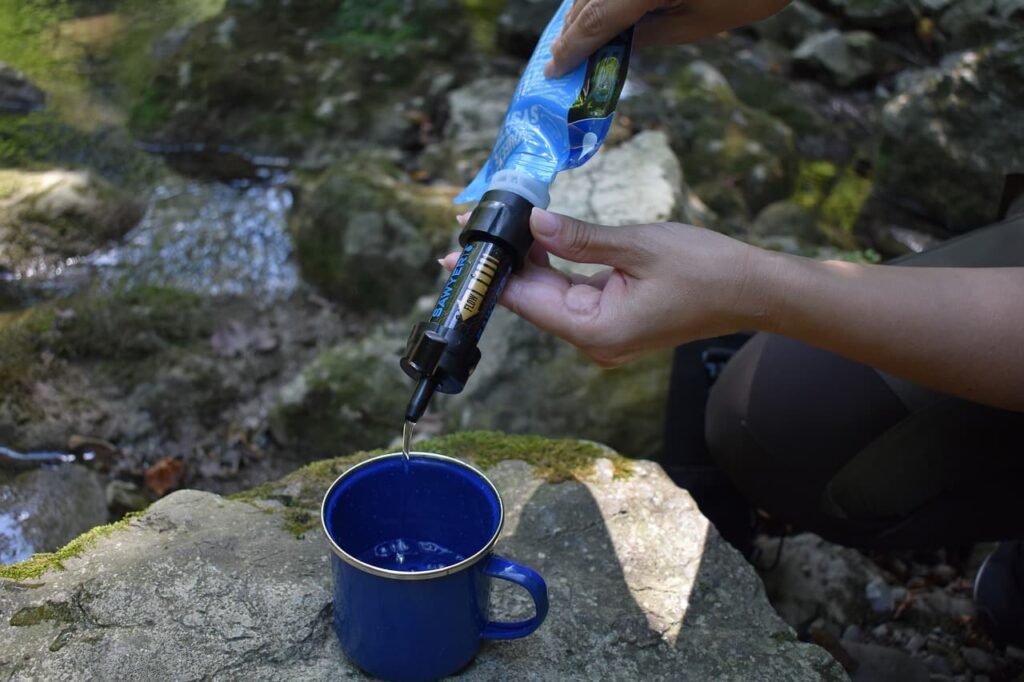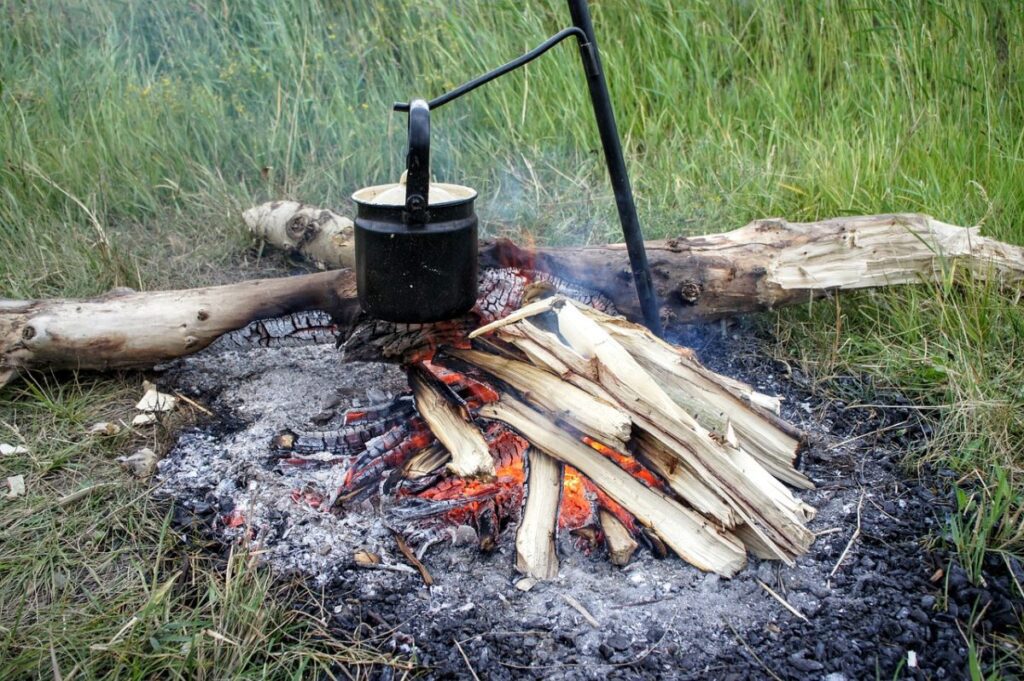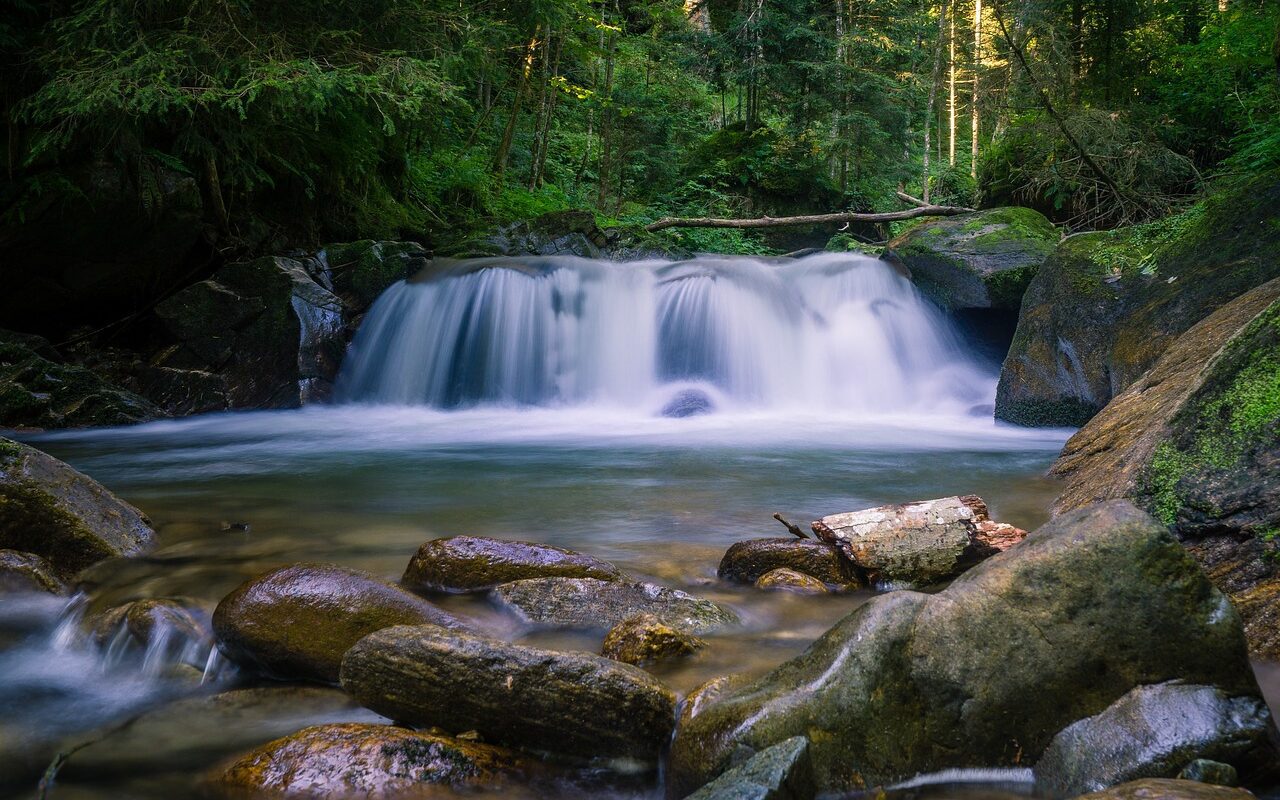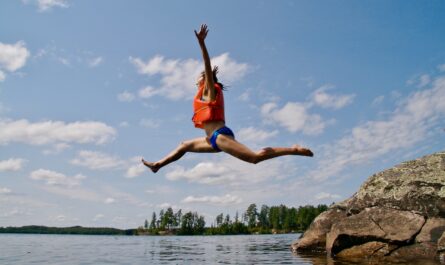There is no country in the world quite like Canada. A place of epic size with both culturally diverse metropolitan cities, vast mountainous and forested landscapes, and a variety of large, beautiful lakes. However, even though the country is vast and wild, keep in mind that the water quality of lakes and streams is questionable, even in the backwoods of northern Ontario.
Though it’s in the far North often results in a less than agreeable climate for outdoor activities, it is an excellent spot for traveling and hiking during the summer months. If you love nature and the wilderness, traveling to Ontario is something you must try at some point.
If it’s hiking that you’re interested in, there are many different trails spread out across the province, varying in their length and the sights they offer. Some are on the coast, and some are in the mountains, some are through forests or wetlands, all are unique and enjoyable in their own way.
Even if you’re not the most experienced hiker out there, you will be doing yourself a pretty massive disservice by traveling to Ontario and not exploring at least a portion of one or more of these trails.
There are some important things to remember if you are going to tackle a substantially sized trail in such a remote location as some of the Ontario routes are, and one of the most essential is your water supply.
Going on strenuous walks in hot weather makes hydration essential, and while you could buy several water bottles to bring with you on the hike, it’s better for the environment and your bank account if you don’t.
So how can you ensure the best quality of water while you’re on the go? Here are a few things to consider:
#1 Water Filtration

You will be passing by many freshwater lakes and rivers on your travels, and you can generally use those as your water supply. So naturally, you can’t just drink that water straight without giving it some treatment first.
It might be safe for the most part, depending on where you are, but because it’s out in the wilderness, you can never really account for what kind of contaminants there might be present in the water.
There could be bacteria, viruses, and in some cases, there might actually be parasites. That’s generally a pretty rare occurrence, but you can’t know for sure, so you have to be careful.
You need the best portable filter you can get. The type is important and will depend on what you personally want to use it for. First of all, you have to make sure it will remove the necessary amount of contaminants.
Not all filters are designed with hiking in mind, so they don’t all work against all kinds of bacteria and viruses. You also want to get one that will be easy to carry and easy to use, because it will be just one of the many pieces of equipment you have to bring with you.
And then, of course, there is the price to consider. In general, you can probably expect the more expensive filters to be the more reliable ones, but some are extremely expensive and might not necessarily be worth it for what you need them for.
So there is a fair bit of thought that needs to go into this decision, but a good portable filter will be the best way to ensure good quality water on the go.
#2 Boiling Water

If you are going out for a longer hike, something that will last a couple of days to a week instead of just a single day trip, you will likely have some cooking materials.
If this is the case, you can normally make your water safe to drink by boiling it. Gather some from a stream or the lake, bring it back to camp with you, and then boil it in the pot. You can do this over a campfire or use some camp stove fuel if you have that with you.
There are also portable kettles that can do the trick, too, if you’ve got room for one of those in your pack. But, first, you need to let the water simmer at a full boil for about one full minute and then transfer it to a container where it can cool down.
If you’re in the mountains, at an elevation of over 6,500 feet, then you will need to let it go for a little bit longer to make sure that all of the contaminants are dealt with. So I would give it three minutes in that scenario.
Boiling your drinking water is a surefire way to kill parasites, bacteria, and viruses, but the obvious con to it is that it takes longer. Filters require you to wait a couple of minutes, but it takes a lot longer for boiled water to cool down to the point where you can drink it comfortably.
#3 Ultraviolet Light
UV light is a lesser-known quality water treatment method of ensuring that your drinking water is safe, but it is definitely an effective way to kill off bacteria. Though treating water by submerging a light source inside may seem unusual, it does work.
There are advantages to it too. Some filters will use harsh chemicals in their process, and quite a bit of water is often wasted. This is also the case when you boil, as some of it will inevitably evaporate.
UV filters are also less expensive, and they require virtually no maintenance aside from having to change the bulb every once in a while. The downside to them is that they aren’t reliable for use in cloudy water.
Because it’s actual light, it often can’t penetrate the murk to get to the bacteria that needs to be dealt with.
So there are several reliable ways to ensure you can get the best water quality when you’re out in the wild, and different methods will work for different people. But, of course, it depends on your personal preference, your budget, and how long you actually plan to spend outdoors.
If you put a bit of thought into this, you can be sure to enjoy your time in Ontario to its fullest extent.
Related Reading for Water Quality
Discover more from Thumbwind
Subscribe to get the latest posts sent to your email.




